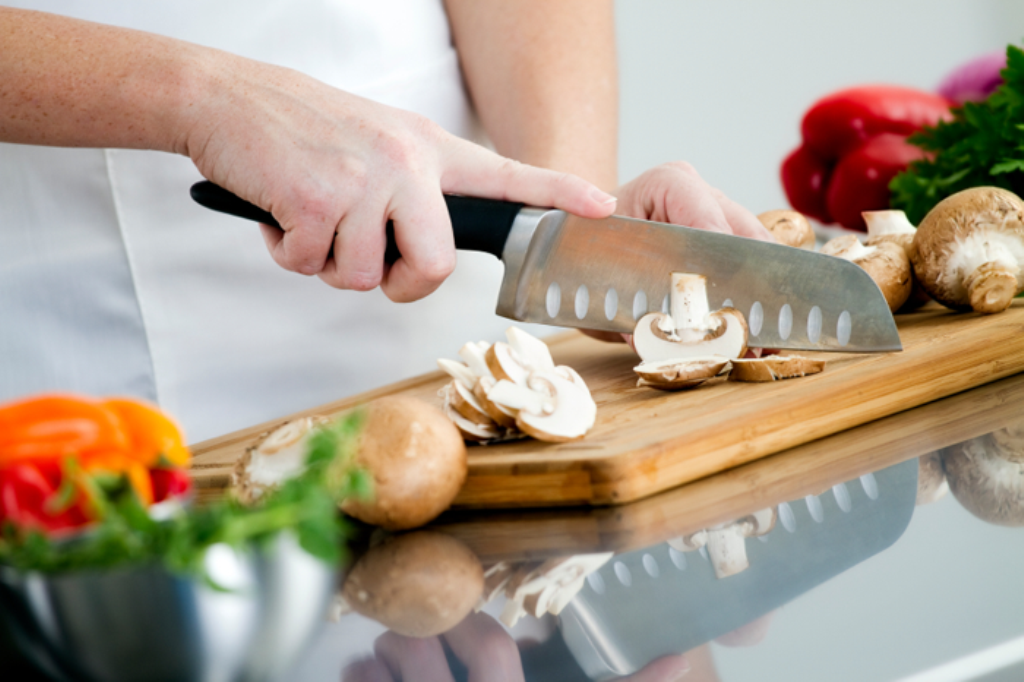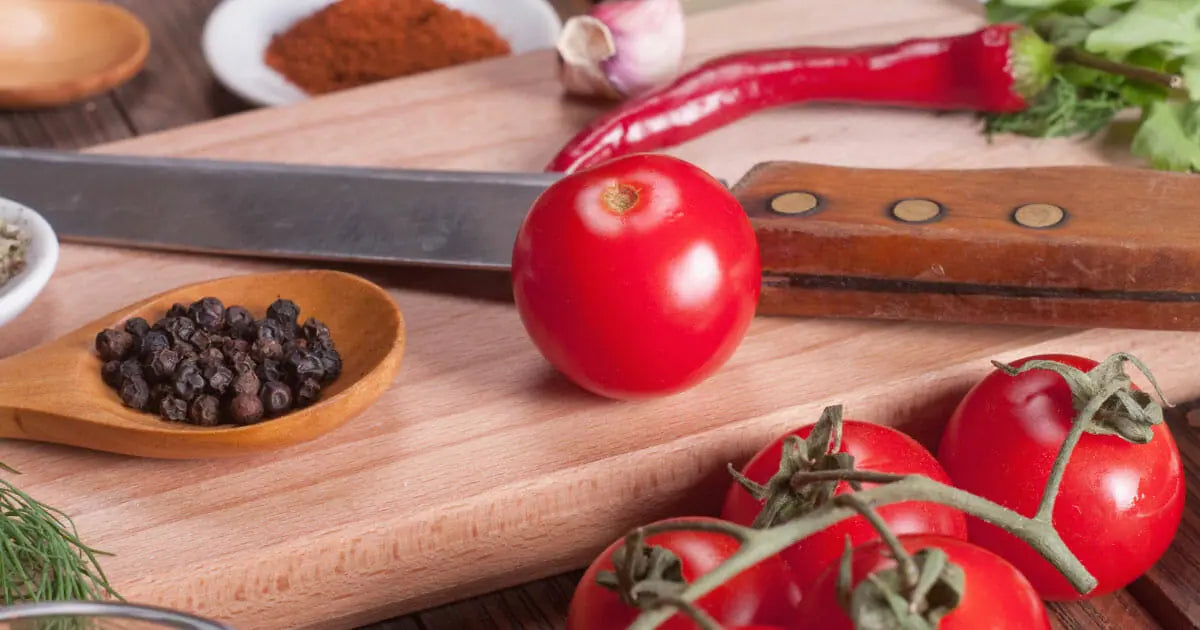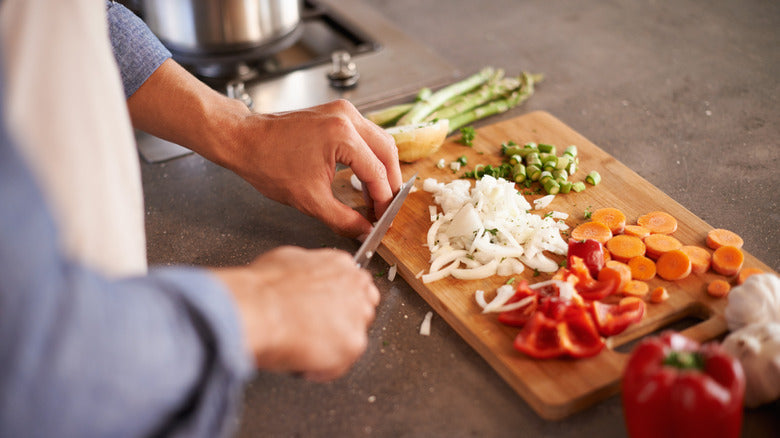The quality and upkeep of your cutting board are fundamental to maintaining food hygiene and preparing meals efficiently, especially for kitchen professionals. If youve recently noticed your wooden cutting board feeling rough, appearing stained, or losing its smooth texture, its probably time to sand it. Knowing how to sand cutting board is not just a matter of aestheticsit's about creating a food-safe, professional-grade workspace. Let's dive into an easy, step-by-step process to bring your cutting board back to life.

Why Sanding Your Cutting Board Is Crucial
Your cutting board endures daily wear and tearbe it knife cuts, food stains, or moisture damage. These conditions can make the surface uneven, create grooves that trap bacteria, or shorten its lifespan. Sanding effectively smooths out these imperfections while renewing the look and feel of your trusty kitchen tool.
Beyond maintenance, a well-sanded cutting board makes your knife work seamless, which is critical for professionals who expect precision and efficiency. If youre wondering whether sanding is worth the effort, the answer is a resounding 'yes,' especially when hygiene and quality are on the line.
Tools Youll Need to Sand Your Cutting Board
Before you start, gather all the essentials. Heres a quick checklist:
- Sandpaper: You'll need coarse (80-100 grit), medium (120-150 grit), and fine (220 grit) sandpapers.
- Sanding block or machine: A sanding block allows more control for manual sanding, while an orbital sander speeds up the process for larger boards.
- Mineral oil (food-safe): This will help condition the board after sanding.
- Soft cloth: For cleaning off sawdust and applying oil.
- Vacuum or compressed air: To remove wood particles.
Additional items like gloves and a mask can protect you when working with fine sawdust. Youll also want a well-ventilated area for the job.
A Step-by-Step Guide on How to Sand Cutting Board
Step 1: Clean Your Cutting Board
Before sanding, give your cutting board a thorough wash with hot soap and water. You can check out this guide on how to clean wood cutting boards to ensure all debris, oils, and residue are completely removed.
Let it dry completely before advancing to the next step.
Step 2: Start with Coarse Sandpaper
Attach 80-100 grit sandpaper to your sanding block or machine. Rub the surface evenly, focusing on areas with deep grooves or stains.
Pro tip: Always sand in the direction of the wood grain to avoid further scratches or damage.
Step 3: Smooth It with Medium Sandpaper
Switch to 120-150 grit sandpaper to smooth out the surface further. The aim here is not just to reduce the depth of cuts but also to create an even texture.
Step 4: Finish with Fine Sandpaper
Finally, use 220 grit fine sandpaper to give the cutting board a polished, silky-smooth feel. This step ensures the surface is perfectly refined for use in the kitchen.
Step 5: Clean and Condition
After sanding, vacuum or blow away all wood particles. Wipe the board clean using a damp, soft cloth. Apply a generous layer of food-safe mineral oil, spreading it evenly for absorption.
For an additional shine and protection, you can seal the board with beeswax or a commercial cutting board conditioner.
Tips for Prolonging Cutting Board Lifespan
Once your board is restored, keep up with regular maintenance. Always use separate boards for different food types to minimize contamination. If you're curious about board-specific microbes, check out cutting board hygiene tips.
You can also explore the ideal woods for cutting boards by reading this guide to wood types. Thick and durable boards like maple or walnut are easier to sand and maintain in the long run.

FAQs
1. How often should I sand my cutting board?
The frequency depends on the amount of use. For professional kitchens, sanding every 6 months to a year is generally advised to maintain hygiene and texture.
2. Can I sand all types of cutting boards?
Sanding is most effective for wooden cutting boards. Plastic or composite boards require a different approach, as sanding can damage the material.
3. Do I need to oil my cutting board after sanding?
Yes, oiling is essential after sanding to condition the wood, prevent cracking, and make the surface food-safe.
Conclusion
Mastering how to sand cutting board is a valuable skill for kitchen professionals who rely on high-quality tools. The effort you invest in sanding, cleaning, and conditioning your cutting board not only enhances its longevity but also maintains a professional-grade cooking environment. For more expert advice, learn how to remove stains from cutting boards or explore cleaning tips tailored to professional needs.
This article contains affiliate links. We may earn a commission at no extra cost to you.






Leave a comment
This site is protected by hCaptcha and the hCaptcha Privacy Policy and Terms of Service apply.